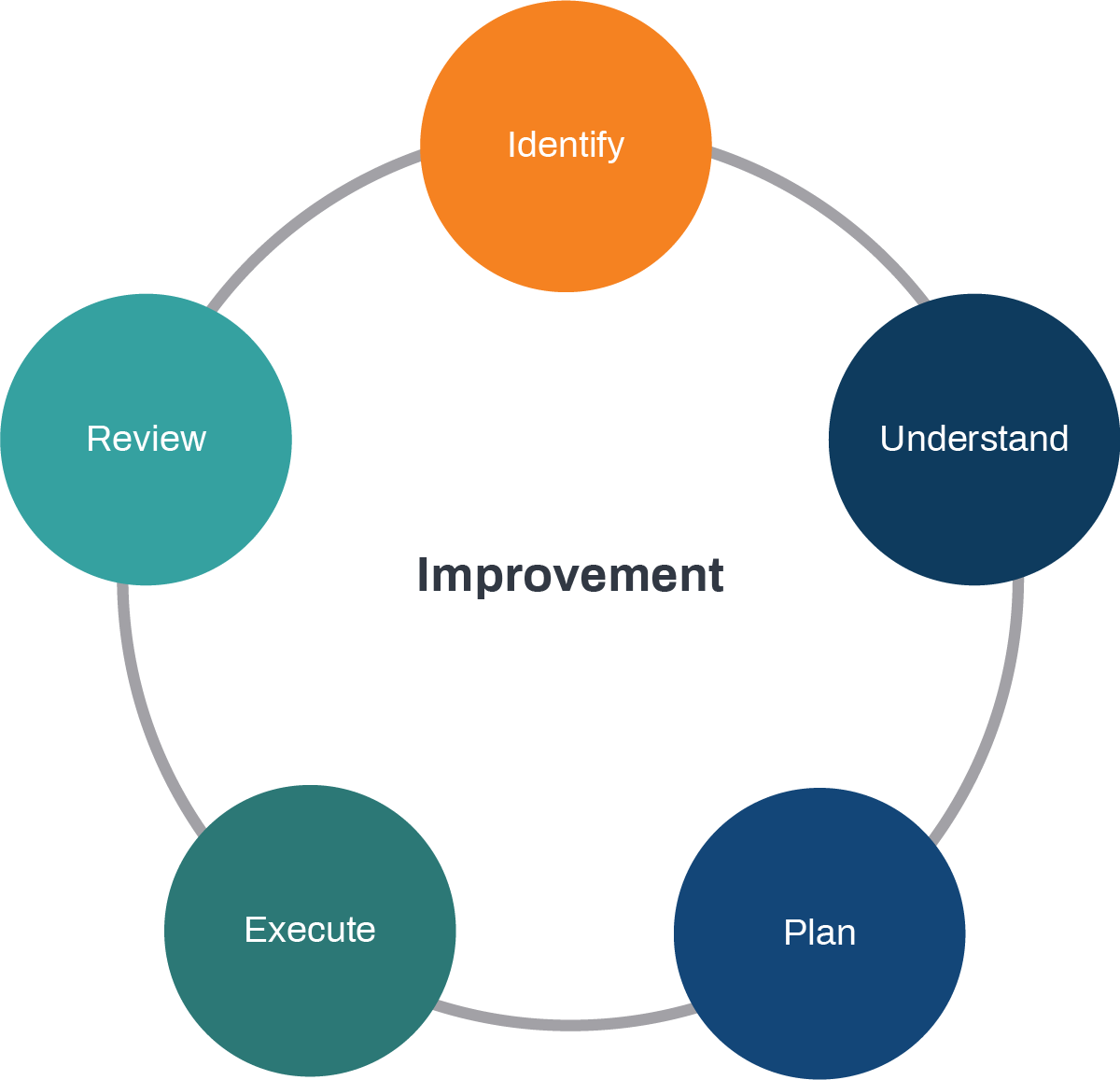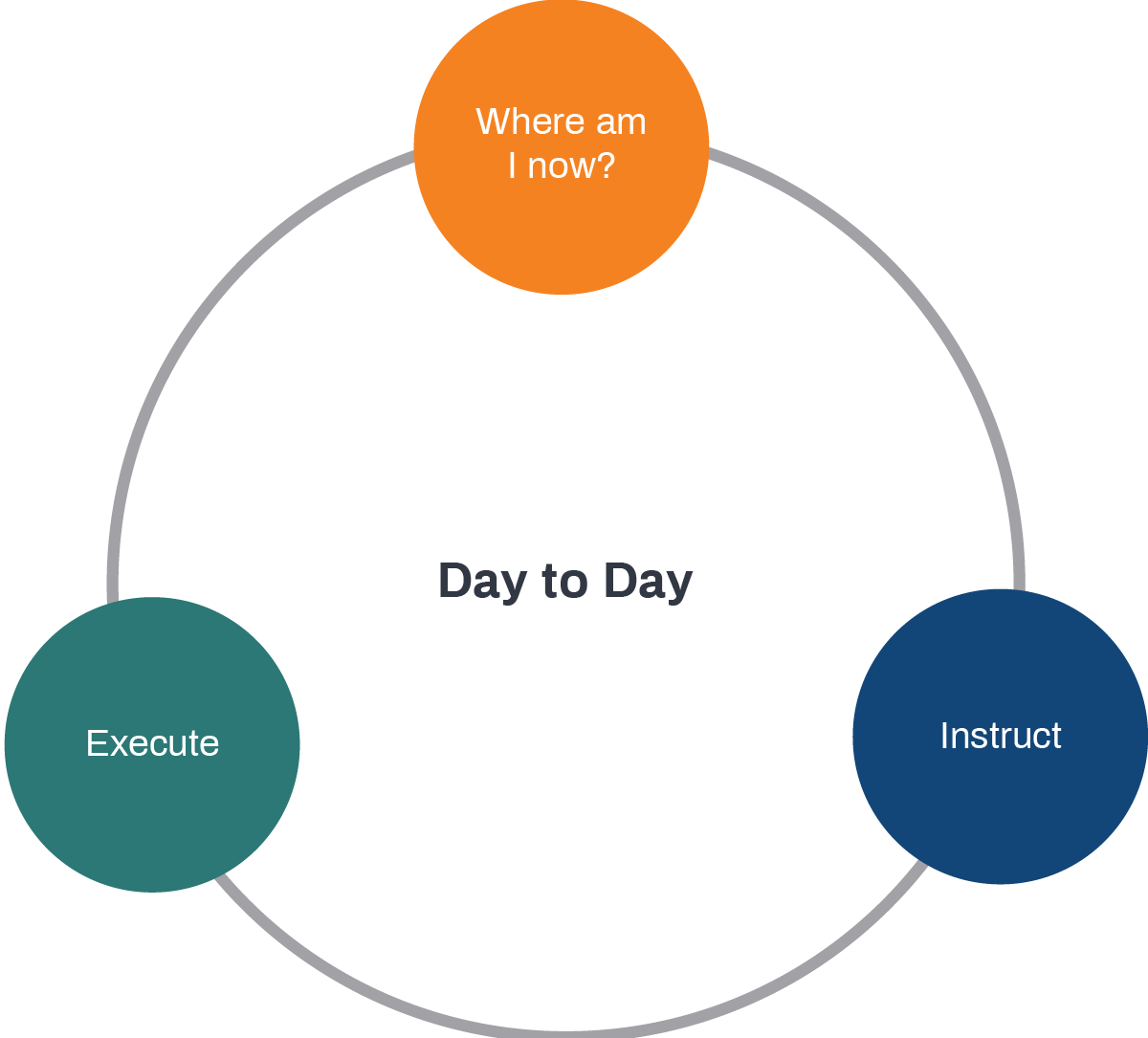As we enter lockdown II, it's a stark reminder of the uncertainties around us at the moment. Brexit, US elections, new trade agreements and pandemics are causing major issues for the food industry and it’s those businesses that can continuously adapt that will be the most competitive against this turbulent background.
My aim below is to show how visibility remains a foundation for success, whatever your business’ appetite for traditional improvement methodologies is, and how digital transformation and specifically ERP enhances that visibility.
Traditional improvement programmes
Firstly, a word on improvement programmes. They come in many different guises from Lean manufacturing focusing on value and waste reduction, six sigma focusing on process stability and variation reduction, to the employee driven continuous improvement focus of total quality management (TQM)… and that is to name but a few.
This area is huge and I’m not going to go into any these in detail (maybe my next blog!) but, to my mind, there is an overarching principle/similar theme to these systems that I guess could be nicely summed up as follows:
- Identify – What is my purpose? What am I trying to improve?
- Understand – What's the real problem? What does it look like? What is the current process?
- Plan – What is happening in more detail? What could we do? What should we do?
- Execute – Implement changes! DO! Learn!
- Review – What is working? What is not working?

This normalised cycle has been proven by the test of time and appears not only in the world of business improvement but personal improvement also.
But my experience suggests that as well as the business that take a textbook approach to CI, not all businesses are necessarily ‘up for’ CI engagement in its most full-bodied form. It can be costly upfront, take a lot of effort to embed the culture that’s necessary or maybe out of ignorance or scepticism, they’re just not getting involved.
When engaging in ERP and BI projects with clients, I’m not necessarily thinking of traditional improvement techniques per se either, but I do use this normalised cycle in a much more modest and agile way.
Below is my day-to-day, hour-by-hour cycle that is largely borrowed from the archetypal techniques. I use this on every one of my information systems implementations:
- Where am I now? – What is the situation? What are my pain points?
- Instruct – What actions or corrective steps am I going to take?
- Execute – Do!
- Where am I now? – What is the situation now? What are my pain points now?

In summary, information system improvements not only compliment more formal improvement methodologies but can be applied to any business whatever their level of CI engagement.
Digital transformation
So where does digital transformation come in? What on earth is digital transformation?
If you google it, you’re likely to come up with phrases like “the integration of digital technology”, “an aggregation of modern tools”, “reimagining of business processes”.
To me, it’s having your contacts in your phone rather than a phone book. It’s Google rather than the yellow pages. It’s having your diary in outlook not a file or fax. It’s Amazon, not the Littlewoods catalogue and it’s Uber, rather than a taxi rank.
You get the picture.
…I guess in terms of business improvement and ERP, the proposition here is…
“A perfect digital view of the complex day-to-day activities that a business undertakes and the implications thereof.”
The digital world is often overlooked as part of lean leadership/culture. Whilst information systems will not solve the issues on their own, they can hugely compliment and enable more effective ways of working and the reduction of non-value-added activities/removal of waste/reduction in variation.
We’ve seen above that in simple terms, when it comes to information, we can act on:
- Seeing what the exact situation is
- Seeing where the problems are
- Being able to see it now!
Digital transformation certainly supports all the above! Furthermore, to my mind, improvement techniques, day-to-day operations, ERP and “one version of the truth” are all synonymous in this respect.
And like I said above this subject is huge, so I wanted to take a slightly different approach and talk about how digital transformation generally can support tradition improvement programs and business day-to-day, using “visibility” as my bridge.
What is visibility?

Visibility is a word that comes up all the time when you search for things like, do I need ERP? What is digital transformation? What is business analytics? etc. …and If it’s not visibility, its likely to be transparency or insight, something like that.
This web tells me that visibility can be defined as:
- The condition or fact of being visible
- The degree of clearness
- The capability of being readily noticed
What I like about this is that, I think this applies nicely to the digital world. In my view these definitions can be represented thus:
- The condition or fact of being visible – Access to information
- The degree of clearness – Accuracy of that information
- The capability of being readily noticed – Focus on issues / exceptions
We dig into this topic in more depth in this blog. I really recommend you check it out; it includes an in-depth explanation of what visibility in the food supply chain should look like.
How visibility supports improvement
If we go back to where we started, we can now say that enhanced visibility in the form of digital transformation means:
- We have robust capture systems that allow us to understand precisely what is happening
- Our plans for the coming days and weeks are laid out in our ERP system for everyone to see
- System transactions are performed alongside the physical execution
- We have reporting and analysis to help us identify opportunities for improvement and review the impact of corrective actions
Use visibility as a foundation for success. Once you have, you'll be set for whatever uncertainty is hiding around the next corner!
How to ensure your food business is following best practices
When you follow the tried-and-tested methodologies and practices that the market leaders use, you can ensure your business is staying competitive. But how can you weed the approaches that are worth implementing from the ones that are a bit of a fad? And how can you ensure you've even implemented them properly?
We have something that might be of interest...
The Aptean Food and Beverage ERP Best Practice Assessment will help you isolate where your business might be falling behind and the tactics you can adopt to regain your edge. Read about it more depth below.

